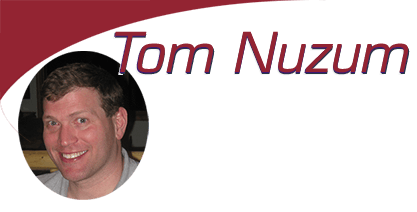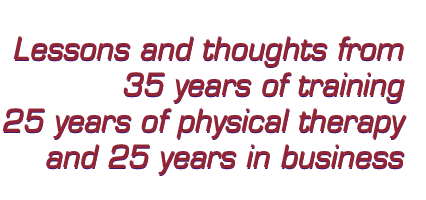The most valuable skill a physical therapist can develop is the ability to create a happy client. I did not say a satisfied client. You need to create happy clients. Solve a client’s problems. Appreciate the patient coming to you and seeking your help. Know their name. Learn their spouse’s name and children’s names. What do they do for fun? What do they do for a living? Take care of the whole person.
A happy client will send their friends to you. They will send their family to you. They will come back to you for the next problem. They will advocate for you with their doctor. A happy client is job security.
If you see five new patients a week. In a year you will have had an opportunity to create almost two hundred happy clients. If you bat .500 you can create 100 happy clients. Batting .250 means 50 happy clients.
I know physical therapists in practice for twenty years and nobody is trying to find them. No physicians. No patients. Nobody. They hate marketing when they never should have to market in the first place.
If you have 500 happy clients sending you one new client every two years, your schedule will be full.
Solve problems. Make clients happy. Build a successful career.
Tom

